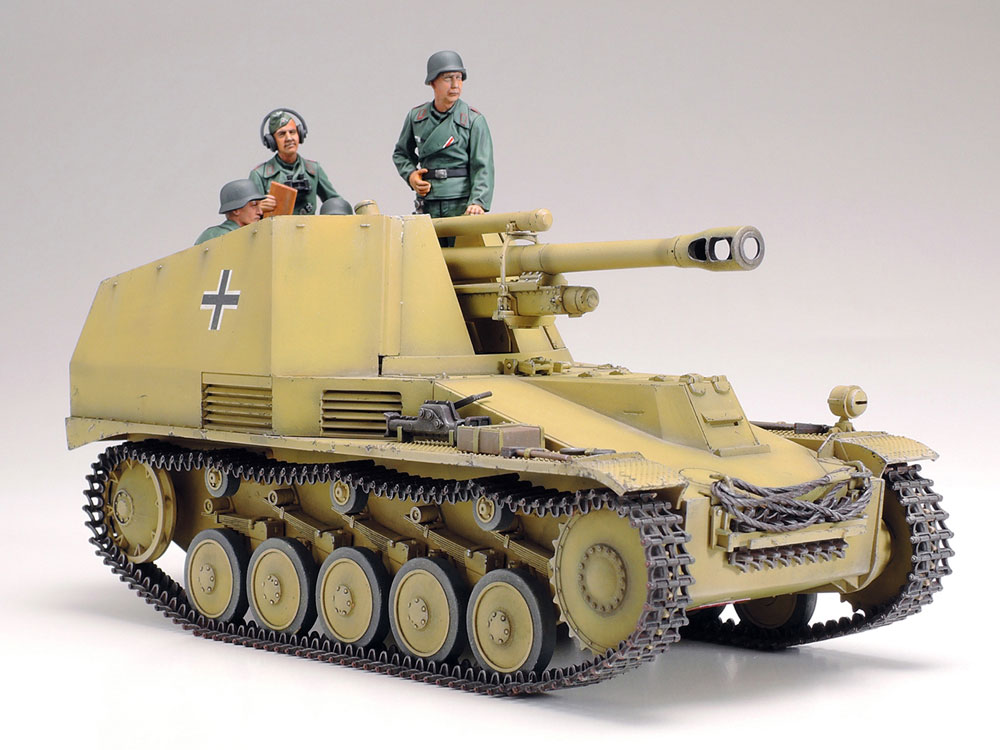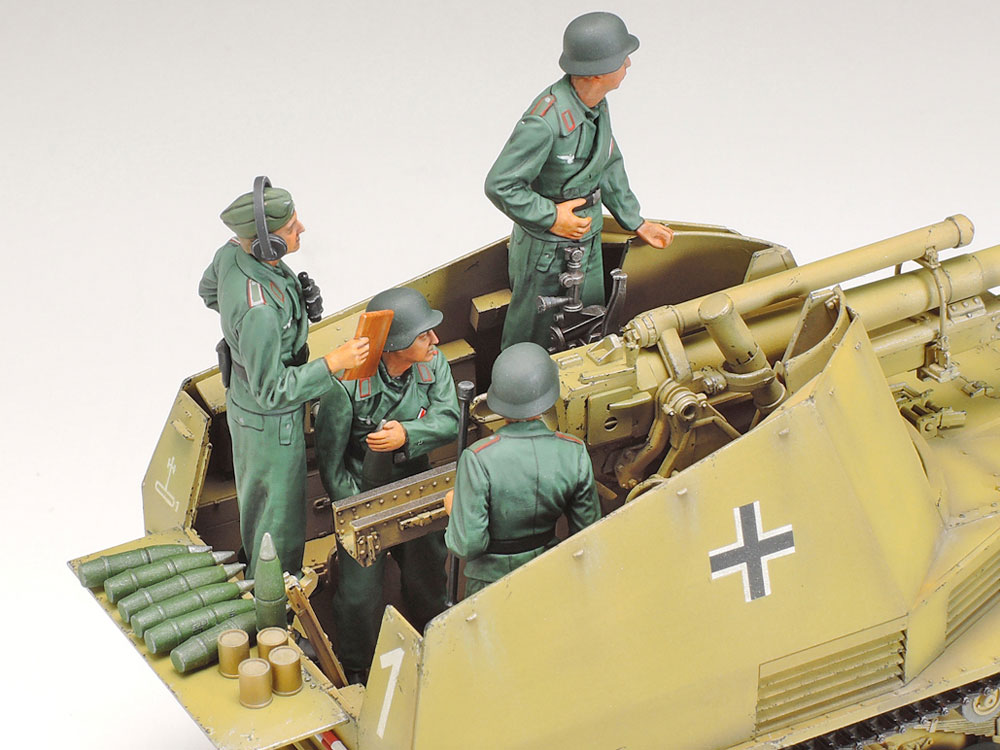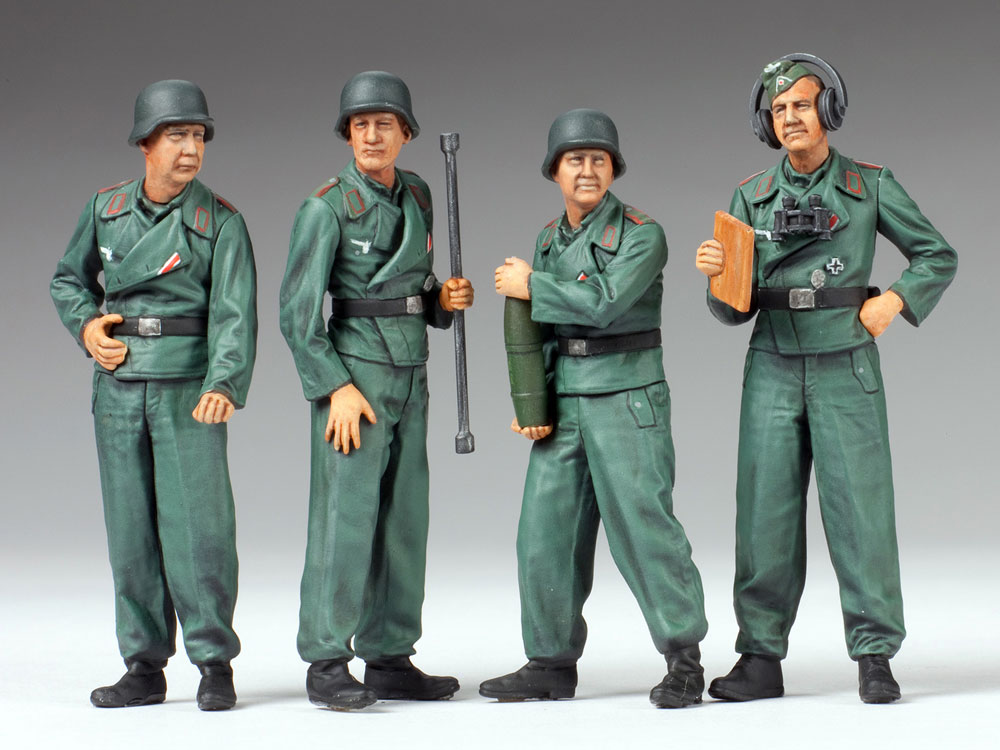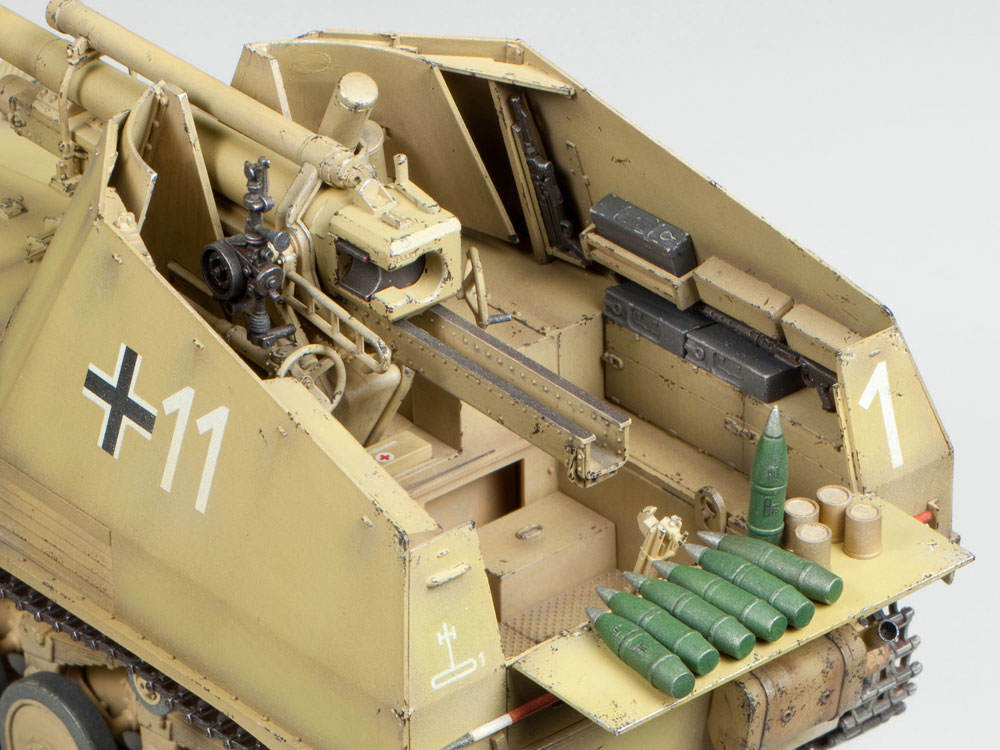





One of the common misconceptions of WWII is that everyone and their mother rode into battle on highly mobile motor-driven vehicles, and that the German army in particular was an all-mechanized organization – heck, they invented the Blitzkrieg, right? Well, truth is, motorization and mechanization still had a long way to go by the beginning of the war, and most of the German army’s artillery was horse-drawn. Quite Napoleonic.
With operations expanding into huge areas of land with sometimes very weak infrastructure, the need for mobile artillery became apparent – artillery that could follow the tanks wherever they went, and without the need to take care of massive numbers of horses that needed to be fed and medically cared for. And like other countries, the Germans decided to put their guns on already existing vehicles. The Panzer II was chosen as a basis, as it was a somewhat reliable tank, although with its weak armor and puny 2cm gun it was not very good at doing tank things.
Around 680 Wespen (here’s your German plural) were built, in addition some 158 vehicles were built as ammunition carriers, accompanying the firing batteries and providing additional ammunition. The Wespe was introduced into service in the summer of 1943 and served on the eastern front, France and Italy.